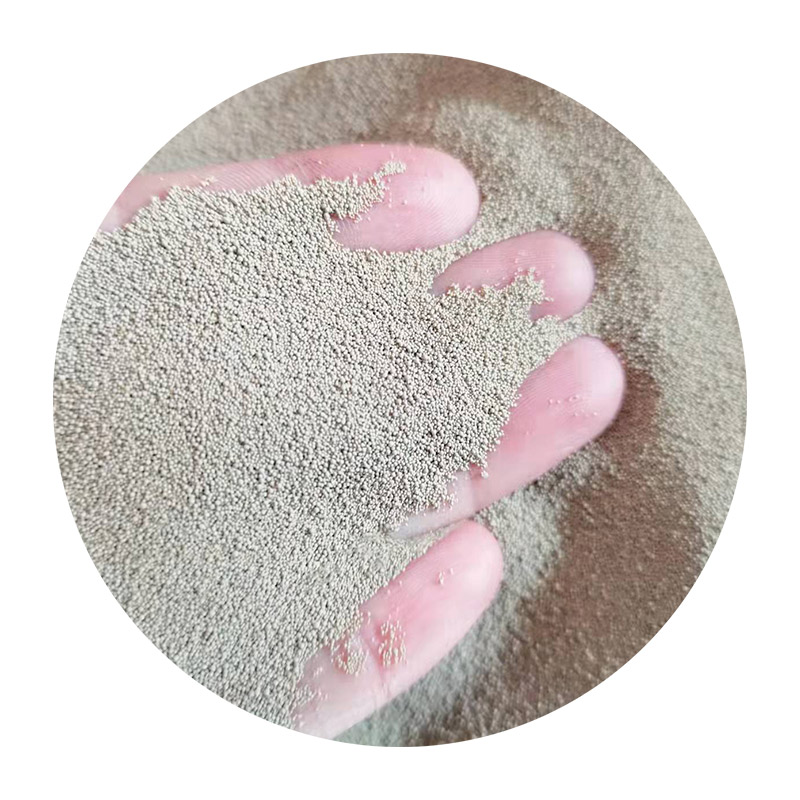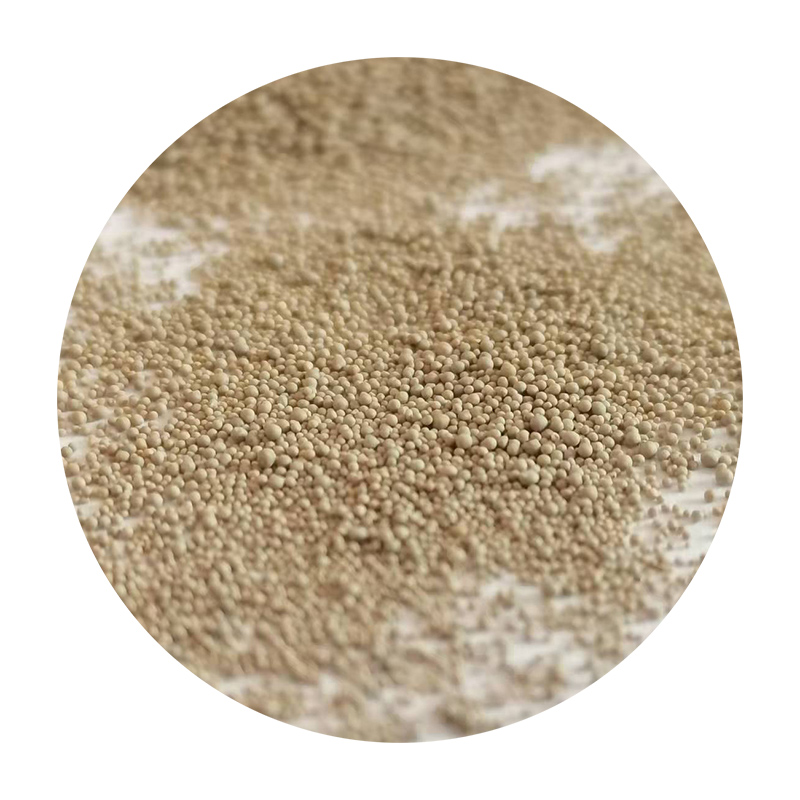

Post-sanding, it is imperative to remove fine metal particles and dust from the surface. A clean, lint-free cloth dampened with a mild cleaner specifically formulated for stainless steel can effortlessly wipe away residue. Not only does this step prepare the metal for any additional treatments, but it also prevents potential rust, a concern even with stainless variants when metal dust is left unattended. Deburring, a critical phase in sanding, eliminates sharp edges and residual burrs from cutting or previous stages of manufacturing. Abrasive belts or wheels with an appropriate grit level often excel in this task, ensuring that the edges are smooth, enhancing both safety and product longevity. Expert recommendations suggest investing in high-quality materials and tools. Professionals in metal finishing understand that cheap abrasives may wear out quickly or provide inconsistent results, which can lead to increased time and costs in the long run. Opting for reputable brands or consulting specialists for specific product recommendations can streamline the sanding procedure significantly. Finally, beyond immediate utility, these methods add substantial value to a product. Well-sanded stainless steel not only exudes a premium look but also aligns with the durability and hygiene standards often associated with high-grade stainless applications. This attention to detail can considerably impact product perception in industries ranging from consumer goods to industrial equipment. In conclusion, sanding stainless steel effectively involves a balance of technique, tool choice, and material knowledge. It is a process underscored by methodical precision and an understanding of stainless steel's unique characteristics. Following these guidelines not only improves the visual and functional quality of the end-product but also upholds the integrity of the material, ensuring it meets applicable standards and lasts for years in service. Post time:ਫਰ. . 12, 2025 17:57
Next:sand casting stainless steel
